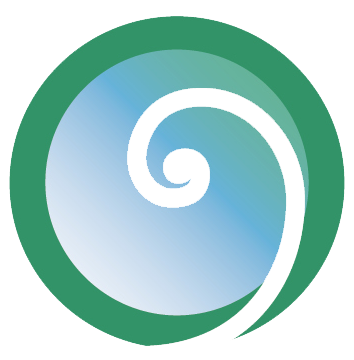Alexander Technique comes in handy when the snow flies. Shoveling often produces all sorts of minor injuries, aches and pains for people. If you find yourself with low back pain, twinges in your shoulders or neck, or other maladies as result of shoveling, pay attention to how you are bending and lifting when you shovel. Like vacuuming, raking, or gardening, shoveling is essentially about lunging.
A Most Reliable Mindfulness Bell
Wouldn’t it be great to become more oriented toward the ease and freedom in our bodies? What if our default was to look for sensations of high functioning, or balance, or unity and connection? If awareness is always present and ready to be accessed, then recognizing and supporting ease is merely a matter of intention and practice.
Includes a Bodymind Experiment.
Senseless
Part 2
The motivation to begin Alexander lessons came primarily from my curiosity about this method I had heard about for years. The actors and dancers I knew swore by it, saying it kept them injury-free or was a huge help in recovering from the physical demands on people who use their bodies for a living. On a less intellectual level, I felt a nagging pull toward anything body-based, because I suspected that my relationship with my physical self was not what it should be or could be.
The truth is, I had almost no awareness of my body, my senses, or the way I moved through life. I was senseless.
3 Ways to Breathe Free
The Dance of Dynamic Balance
People who come for Alexander lessons anticipate that their balance will improve, and that's almost always a predictable result. Yet most people are surprised to learn that balance is dynamic, not static. One doesn't maintain balance by holding on, but by letting go. Or, to be more precise, by letting flow.
Don't Do Something, Sit There
Are you sitting right now? Chances are good that you are, and if so, let me ask you something: Did you choose the way you are sitting, the arrangement of all the body parts? For most of us, the answer is no. Sitting is so common, and we have been doing it for so long, that we really pay almost no attention to it until something hurts, or until someone asks us to notice. (Did you change your position when you read the question about choice just now? Bet you did.)
Upright but not Uptight
Most people practice sitting meditation, either in the classic crossed-leg lotus position, or in a chair. A majority of meditators complain about pain or discomfort while sitting in meditation, at least after more than 20 or 30 minutes, and/or over a long period of practice, such as on retreat. While the practice encourages the acceptance of discomfort as it arises, and there are mindful ways to respond to pain during meditation, it makes sense to establish a balanced, easy pose in the first place. What does Alexander Technique offer in support of this?
Five Limbs
Whenever I notice my jaw clenching, I let it go. It's a simple solution that works every time. There's nothing subtle or complex about it. Releasing the jaw is easy to do, when you know what it is you want to release. Here are some facts that are important to understand if you want to ease your jaw tension
Got Spine?
The spine is the central column of support and the core energetic pathway in our bodies. At Way Opens Center Alexander Technique offers a way to access the central support of the spinal column and move according to its design. In lessons, we focus on freeing up the spine, allowing it its full length and renewing its supple, flexible nature. Thinking up, inhibiting downward pull or collapse, and rediscovering the poise of the head in movement -- these are all excellent ways to encourage the body to reorganize itself so that activities are easier and more enjoyable. But do you really know anything about your spine?














